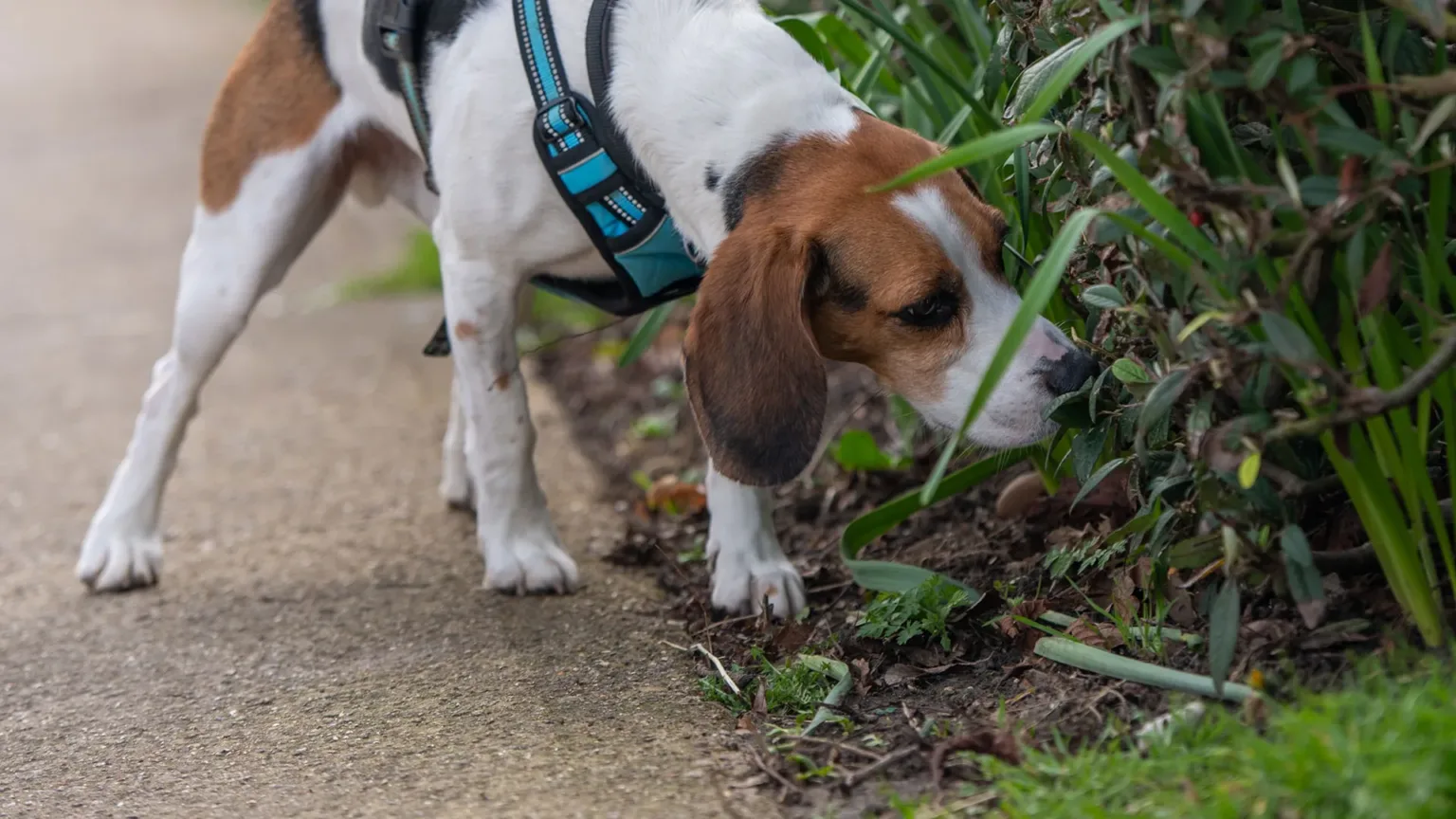When it comes to pets, we've all got questions
Ever feel like your pet is from another planet?

Exercise is an important part of a dog’s daily routine and walking is a key aspect when it comes to owning a dog.
Unlike most other pet species, dogs like to be in the company of their favourite human, enjoy visiting new places, meeting other dogs and people and exploring their natural surroundings.
Walking is one of the most popular forms of exercise for your dog, but it’s not the only way to keep a dog fit, happy and healthy. For some dogs, walking is not an option, as they may have a physical issue that causes discomfort when walking. Others may have experienced an unpleasant encounter which has put them off leaving the house. In other cases, perhaps a dog’s behaviour could put them or you, along with other people and animals at risk.
If you notice a change in your dog’s attitude towards exercise, it’s vitally important to have your dog checked by a vet as a change in exercise habits can indicate a medical issue.
It’s very common for older dogs to develop arthritis and other age-related conditions. And whilst these can be improved with medications, you may need to consider reducing their activity levels. Elderly dogs can also become less socially confident as they become frail, this might make them more anxious and reluctant to walk away from their own property. This could be related to underlying pain, so regular health checks are a vital part of their care.
An annual issue that all dog owners should consider is hot weather. All dogs are at risk of heat stroke, especially on hot days. Because of this, walking is an exercise that should be avoided, especially during the hottest part of the day.
Dogs who lunge and bark at dogs are described as reactive. They might be frightened of something in their surroundings, other dogs or noises and this can be very stressful for the dog and their owner on a walk. Overcoming this issue involves lots time dedicated towards their training on every walk. Training may or may not be successful, but there are lots of different options to explore. Providing activities at home will fulfil your dog’s basic need to exercise and promote better concentration while training on your walks.
There are many excellent alternatives to walking, which can help give your dog all of the mental and physical exercise they need.
If you have an elderly dog, allowing them to potter round the garden may be enough exercise. Exercising in the garden gives your dog the option to stop and rest without the restrictions of a lead influencing their movement and pace. If your golden oldie isn’t up to walking the distances they used to, then some quality time doing whatever they enjoy is important. If they like the car, you can still drive to their favourite places and enable them to explore and mooch around before driving home again.
A dog should be given their food in a way that boosts their physical and mental wellbeing. Bowl feeding is effective for frail or very sick dogs as you can ensure they’ve taken their medication if necessary while monitoring when and how much they’ve eaten. For most other dogs, their food should be delivered in a more interesting and time-consuming way.
All dogs love and excel in search games. Whilst some breeds instinctively use their noses and others favour their eyesight, with practice any dog will enjoy search games. An interesting garden is great for find it games, especially if you have an establish area with weeds or long grass, it’s perfect for hiding treasures! Alternatively, if you have garden furniture or large planter or pots, these can be great places to hide toys behind as well.
If your dog is motivated by tasty food than toys, then scent games are a fantastic way of boosting their mood. Scent work activities are valuable tools to help dogs who are nervous or finding different factors of their life stressful.
Dogs love learning and reward-based training is motivating, challenging, fun and tiring. It’s a great way of improving your dog’s response and growing a bond between you both. Learn how to make it fun by taking our diy dog training course.
Home obstacle equipment such as tunnels, weave poles, and hoops are now easily available. It’s important to note however, that jumping can be dangerous and needs to be introduced properly. If you want to try this out at home, the use of a hoop for your dog to go through can be very effective. This type of activity is great for active dogs who need to express their energy and relieve their excitement. As there’s no jumping involved, it’s perfect for dog’s who benefit from lower impact activities.
If you don’t have a suitable garden for your dog to exercise, there are lots of safe and secure paddocks you can hire for sole use. This gives you the opportunity to provide off-lead exercise in a larger area than most gardens.
Here’s an website to get you started. Local pet shops or your veterinary practice may know of others in your area. Make sure you visit and check out the facility before booking.
Find out more about choosing the right exercise for your dog and lots of ideas based on their breed. Remember, most of these activities can be recreated at home.
Visit Ask Woodgreen for more dog health and wellness advice.